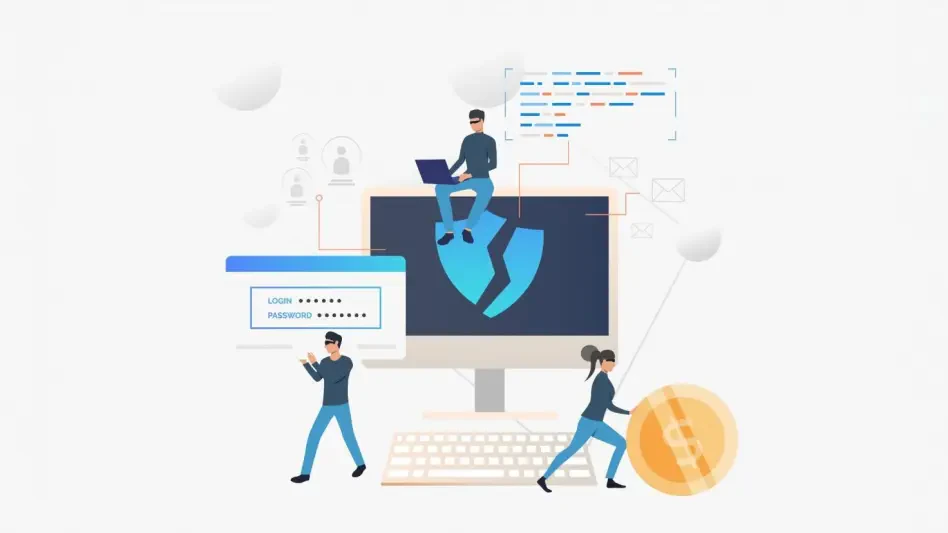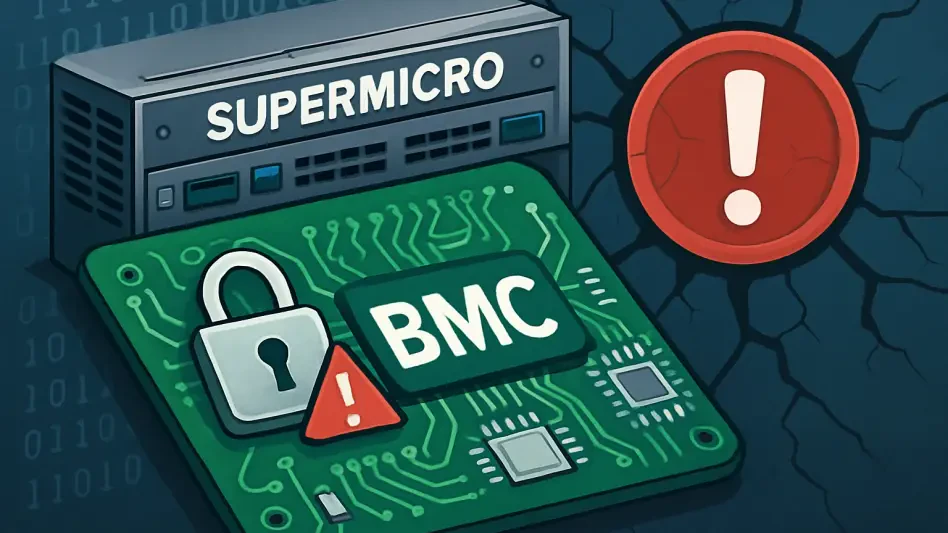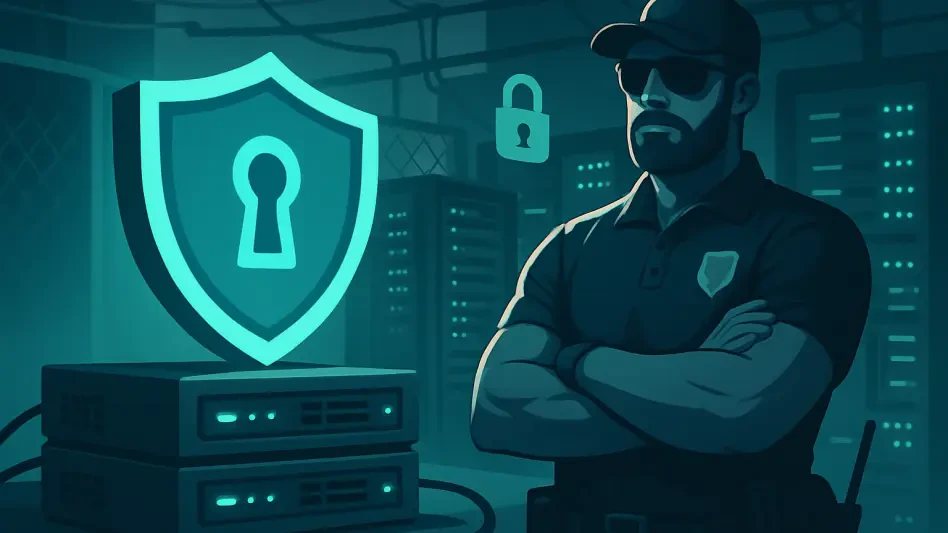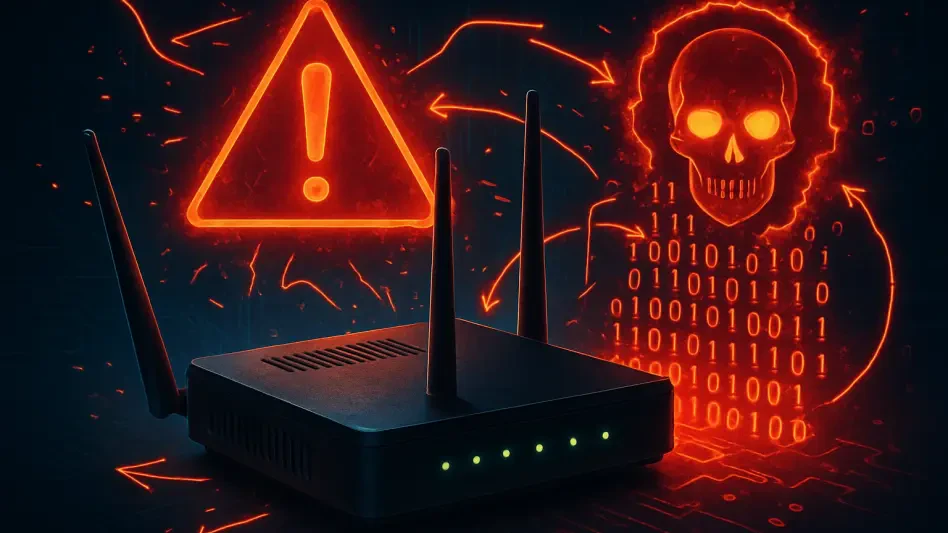In an era where digital threats loom larger than ever, GitLab stands out as a beacon of hope with its comprehensive approach to vulnerability management. By embedding security into the DevOps framework, GitLab integrates various protections seamlessly, evolving as a cornerstone for safeguarding code repositories and CI/CD workflows. In the realm of cybersecurity, the importance of a structured approach cannot be overstated. It serves as an essential strategy to fortify developer machines against the ever-escalating threat landscape. Through incorporating built-in capabilities, GitLab ensures not only reactive measures but also proactive defenses that align with the entire lifecycle of code development, from the initial commit to the final deployment. This article delves into the intricacies of GitLab’s methodology, providing insights into how vulnerabilities are identified, prioritized, and resolved with efficiency and precision.
GitLab’s Security Approach
Emphasis on Seamless Integration
GitLab’s role in embedding security within the DevOps lifecycle has become pivotal in forging an impenetrable system of vulnerability management. By integrating security measures at each key development stage, the platform ensures not only comprehensive protection but also compliance with industry standards and regulations. This approach helps bridge potential gaps that could otherwise lead to exposures, protecting the code and the infrastructure it operates upon. Security tooling is embedded directly into the workflows, facilitating a smooth and frictionless protection mechanism that developers can rely on without cumbersome overheads. The approach allows developers to address security without disrupting their workflow, enabling them to focus on crafting efficient code.
This intrinsic fortification is made possible through the integration of security tools that are intuitively designed to operate at different stages of the software lifecycle. This integration strategy not only protects intellectual property but also upholds the integrity and confidentiality of the data being processed. The seamless nature of this integration emphasizes the importance of a security-first mindset, ensuring that potential threats are addressed proactively rather than reactively. By doing so, GitLab’s methodology remains forward-thinking, anticipating possible vulnerabilities before they manifest into actual threats. This seamless integration marks a significant stride toward a safe and fortified development environment.
Empowering Developers
GitLab’s focus on empowering developers transforms them into a formidable line of defense against vulnerabilities. Through a set of comprehensive developer-centric security features, GitLab ensures teams are well-equipped to handle vulnerabilities with a proactive mindset. The availability of these security features makes it easier for developers to implement security best practices directly within their workflows, thus promoting a culture of shared responsibility within development teams. By harnessing these features, developers are better prepared to combat potential threats as they arise, enabling a more resilient and secure development process.
Facilitating collaboration is another cornerstone of GitLab’s integrated security approach. By doing so, GitLab fosters an environment where development and security teams work in synergy to enhance the overall security posture. The collaborative tools provided are designed to merge seamlessly into existing workflows, allowing for real-time communication and the rapid rectification of vulnerabilities. This synergy between teams not only enhances security measures but also boosts productivity by reducing the friction that often accompanies separate processes. In essence, GitLab’s approach transforms security from a specialized function to a foundational element of every developer’s toolkit, encouraging shared responsibility within teams and leading to more secure and efficient software development.
Built-in Security Functions and Their Role
Comprehensive Scanning Tools
The arsenal of comprehensive scanning tools within GitLab includes Static Application Security Testing (SAST), Dependency Scanning, and Dynamic Application Security Testing (DAST). These tools are designed to uncover a multitude of security vulnerabilities spread across various layers of software development. SAST enables developers to detect vulnerabilities at the source code level, whereas Dependency Scanning identifies issues in third-party dependencies that are often overlooked. These scanning utilities form the core of a proactive defense mechanism, enabling the early identification of risks, which is crucial in safeguarding the code from potential breaches.
Further enhancing the security suite is Secret Detection, a pivotal component aimed at safeguarding sensitive information that resides within codebases. As organizations increasingly rely on code for critical operations and infrastructure management, the inadvertent exposure of secrets such as API tokens and passwords becomes an existential threat. GitLab’s Secret Detection offers a layer of protection by ensuring that these credentials are effectively managed, tracked, and not exposed inadvertently in public or private repositories. By utilizing these comprehensive scanning tools, GitLab fortifies its position as a leader in continuous security, proactively addressing potential security pitfalls before they can be exploited by malicious actors.
Container Scanning for Modern Workflows
Recognizing the critical role containers play in modern development environments, GitLab offers Container Scanning to bolster its security offerings further. Containers, often used for deploying applications rapidly and efficiently, pose unique security challenges that must be meticulously addressed. GitLab’s Container Scanning introduces an additional layer of security specifically tailored for these modern workflows, ensuring that container images are scrutinized for vulnerabilities before they are deployed in production environments. By identifying vulnerabilities within container images, companies can prevent both known and potential risks that could compromise their production environments.
Secure container deployments are integral to modern infrastructure, and by focusing on Container Scanning, GitLab aligns itself with cutting-edge practices vital to maintaining robust security. The importance of this tool is underscored by its ability to ensure that every deployed container adheres to security standards, thereby minimizing risks associated with modern infrastructure. As containers continue to evolve as a dominant feature of software development, GitLab’s Container Scanning proves pivotal in not only keeping pace with these advancements but also providing the necessary security assurances that organizations need to confidently and securely execute their operations.
Recent Vulnerabilities and Challenges
Overview of Recent CVEs
The landscape of cybersecurity is ever-evolving, and GitLab environments are not immune to such changes. Recent exposure to Common Vulnerabilities and Exposures (CVEs) highlights the ongoing necessity for consistent patching and updates to maintain a secure environment. These vulnerabilities have brought attention to specific threats such as authentication bypass and denial of service attacks, emphasizing the critical nature of vigilance in maintaining security. These attacks reflect not only the complexities of modern cyber threats but also the constant evolution required in defensive strategies to mitigate them effectively.
Such exposures underline the significance of continuous vigilance and adaptation in security practices within GitLab environments. It becomes evident that auditing and regularly updating defenses are central to any effective security strategy. The necessity of staying current with security patches and updates is clear, as even minor oversights can lead to vulnerabilities being exploited by malicious entities. However, by maintaining a proactive approach and implementing regular updates, GitLab environments can reduce the risks posed by these vulnerabilities, thus fortifying the integrity and reliability of their systems in an increasingly threatening cyber landscape.
Tackling Security Threats
Given the diverse array of threats that GitLab environments face, maintaining rigorous security audits across instances has emerged as a cornerstone for effective mitigation. GitLab, as a platform, experiences diverse security threats that necessitate comprehensive auditing and updating protocols. By regularly conducting these audits, organizations can stay ahead of potential vulnerabilities, ensuring that any lapse in security is addressed before it becomes a focal point for attackers. This approach not only enhances current defenses but also cultivates an environment of security awareness throughout the organization.
Keeping pace with evolving threats requires an adaptable and evolving strategy. To this end, GitLab emphasizes the importance of continuous auditing and patch management. It also fosters a cycle of resilience that ensures security measures are both reactive and anticipatory. Regular updates serve as a bulwark against known and unknown threats, reinforcing the organization’s defensive posture. In essence, these strategies represent a concerted effort to not only address existing threats but to future-proof systems against potential new challenges, maintaining the integrity of GitLab environments even in the face of a complex and evolving threat landscape.
Security in Merge Requests and Pipelines
Integrating Security Scans
The integration of security scans within GitLab’s merge requests signifies a shift towards a ‘secure by design’ approach, facilitating early vulnerability detection and resolution. By embedding scans directly within the merge requests and CI/CD pipelines, GitLab ensures that vulnerabilities are addressed at a stage where remediation is most efficient and least disruptive. This proactive strategy in addressing potential security issues aligns with best practices in software development, where early detection translates into timely and cost-effective solutions, minimizing the impact on overall project timelines.
The early identification and resolution of vulnerabilities enable development teams to maintain momentum without compromising on security standards. Such integration means that security checks become a natural part of the development process, merging seamlessly into established workflows. This system encourages developers to incorporate security seamlessly into their coding practices, thus reducing the friction that typically arises between security mandates and development goals. Ultimately, integrating these scans within the merge requests and pipelines fosters an environment of vigilance and accountability, promoting secure software delivery with minimal hindrance to efficiency.
Streamlined Development Processes
GitLab’s integration of security within development processes alleviates the historical friction observed between development teams and security oversight. By focusing on alignment, the integration fosters a culture where both development and security teams can operate synergistically, accelerating productivity and enhancing secure feature delivery. This streamlined approach simplifies complex security protocols into manageable tasks, allowing teams to focus on software innovation while ensuring compliance with security standards.
As collaboration becomes more fluid, GitLab’s security integration mitigates barriers that often hinder productivity, allowing teams to focus more on innovation rather than being bogged down by security concerns. This collaboration further extends to all stakeholders involved in the software development lifecycle, promoting transparency and accountability. By creating a workflow that inherently encompasses security, GitLab advocates for a culture where security is an inclusive aspect of development, ensuring that all features are both cutting-edge and secure, ultimately supporting the delivery of high-quality software solutions.
Enhancing Native Capabilities Through External Tools
Limitations in Customization
Despite its robust security framework, GitLab’s native tools may face limitations, particularly in addressing runtime threat behavior intelligence. While these tools provide extensive coverage across various aspects of the development cycle, certain scenarios, especially those involving runtime threats, might require more advanced threat prevention and mitigation strategies. Acknowledging this, it becomes essential for GitLab users to embrace additional solutions that fulfill these gaps, ensuring that the security envelope remains both comprehensive and inclusive.
Addressing these limitations is critical for achieving a heightened level of security assurance. Confronting challenges related to threat behavior requires specialized intelligence, which might not always be covered by native tools. Therefore, organizations must critically assess their unique environment and requirements, enabling them to identify and integrate solutions that complement the existing framework. This strategic approach not only mitigates existing threats but also equips teams to anticipate potential vulnerabilities, thus enhancing the robustness and resilience of the security protocols already in place.
Integration with External Solutions
The complementary role of external solutions like SentinelOne becomes evident as GitLab seeks to fortify its security defenses. These tools offer enhanced threat intelligence and cross-environment correlation, addressing complex challenges that arise in multi-cloud setups. Integrating these solutions with GitLab’s existing framework provides organizations with a unified security approach that transcends traditional barriers, thus enabling them to navigate the increasingly intricate landscape of cyber threats with agility and confidence.
As organizations increasingly operate within multifaceted environments, the need for a blended approach becomes apparent. By leveraging external intelligence and capabilities, GitLab users can gain a competitive edge in managing real-time threats, enhancing both threat detection and response capabilities. These integrations come with the added benefit of expanding the security framework beyond native capabilities, enabling a more comprehensive defense strategy. In an era defined by ever-evolving cyber threats, this synergy between GitLab and external solutions creates a powerful security apparatus that effectively mitigates both existing vulnerabilities and emerging challenges.
Future Trends in Vulnerability Management
Structured Policies and Protocols
The importance of adopting structured vulnerability management policies is vital for effective risk mitigation in the ever-changing digital world. By implementing clearly defined scanning frequencies and patching protocols, organizations can efficiently monitor and mitigate potential threats before they manifest into real risks. Such structured policies form the backbone of vulnerability management frameworks, guiding organizations towards proactive measures that minimize exposure and enhance security posture.
Achieving effective vulnerability management requires a commitment to constant vigilance and adherence to established policies. Additionally, these policies must evolve alongside the changing threat landscape, ensuring they remain relevant and practical. Establishing clear protocols and procedures enables organizations to create a more resilient security environment, providing greater transparency and responsiveness when addressing new challenges. By doing so, organizations can confidently navigate the uncertainties of modern technology landscapes, armed with a security framework that is both actionable and adaptable.
Security-Centric Culture
GitLab plays a crucial role in embedding security within the DevOps lifecycle, creating a robust system for managing vulnerabilities. By integrating security protocols at each critical development stage, GitLab ensures comprehensive protection while meeting industry standards and compliance requirements. This approach effectively bridges gaps that might otherwise lead to exposure, safeguarding both the code and the underlying infrastructure. Security tools are seamlessly woven into workflows, offering developers a streamlined protection mechanism free from burdensome overheads. This setup allows developers to incorporate security measures without interrupting their workflow, enabling them to concentrate on producing high-quality code.
The integration of intuitively crafted security tools throughout the software lifecycle strengthens this protective framework. This strategy not only shields intellectual property but also preserves the integrity and confidentiality of processed data. The seamless nature of this integration highlights the importance of adopting a security-first mindset, addressing potential threats proactively rather than waiting for them to become actual issues. GitLab’s forward-thinking methodology anticipates vulnerabilities before they can develop into real threats. This cohesive integration marks a significant advance toward a secure and fortified development environment, paving the way for safer and more reliable software production.





